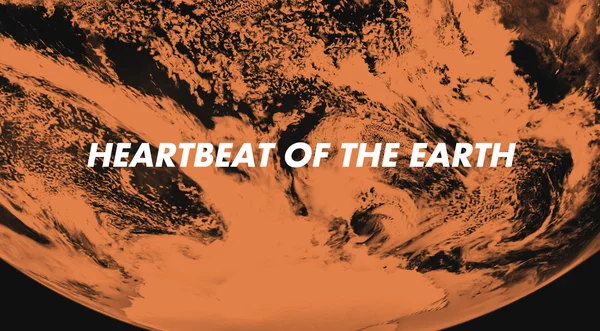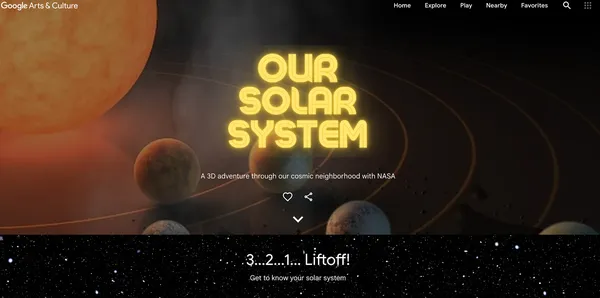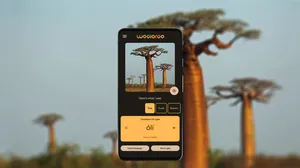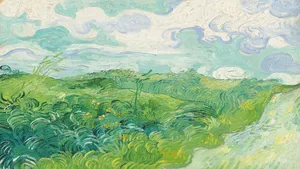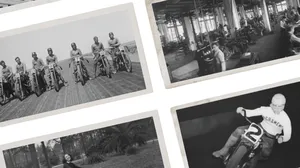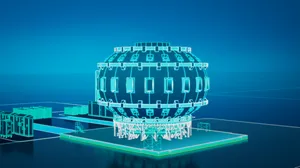Discover the link between climate change and freshwater availability
Did you know that of the total volume of water on Earth, only 3.5% is freshwater? This vital, limited resource is increasingly impacted by human activity, from climate change to unsustainable over-use. In fact, a recent study found that humans have pumped enough fresh water from underground aquifers to shift the Earth's axis by 4.3 centimeters per year!
The UN's World Meteorological Organization predicts that up to 5 billion people worldwide will face freshwater shortages by 2050.
To better manage freshwater resources, we need better information
Passage of Water is a new collaboration with South Korean artist Yiyun Kang to underscore the importance of freshwater resources to everyone. Through storytelling and visual techniques, Kang builds upon our long standing partnership with NASA, by using the unique datasets and scientific expertise that NASA satellites and scientists provide to better understand the climate crisis and impact on our resources.
In one example, NASA's Surface Water and Ocean Topography (SWOT) satellite launched in December 2022 and is collecting detailed measurements of how water bodies on Earth change over time. Google Arts & Culture has received early hydrology data from this first-ever global survey of Earth's surface water, now accessible to the public through our project.
For the first time, this is helping people understand the timeline, progression, and broader impact of the freshwater crisis — and Yiyun Kang’s work presents it in a way that is uniquely accessible.
By interacting with Passage of Water’s storytelling and visuals, everyone can learn how our activities and the shifts in our climate are impacting our water budget across selected places around the world such as Egypt, Pakistan and Alaska, and to discover how technology can support solutions, adaptation and mitigation methods that can help us secure this vital resource for the future.
How technology, innovation, science and art can come together to inform and engage
“For more than 50 years, NASA has collected tens of thousands of publicly available, open source data sets from our Earth observing satellites and instruments in orbit,” said Karen St. Germain, director of the Earth Science Division, Science Mission Directorate at NASA Headquarters in Washington. “‘Passage of Water’ represents the latest collaboration project where science, technology and art are interwoven and NASA data is made accessible through visualizations and storytelling.”
Dramatic freshwater loss over time. Image from the experiment
Parched Poyang Lake, China, before and after. Image credit NASA
The volume of freshwater available on Earth. Image from the experiment
From online tool to physical installation
By creating this online experiment and artwork that aims to engage the public and science, we hope to help make an impact on freshwater and solution awareness. Invited by the United Nations Framework Convention on Climate Change (UNFCCC), we have transformed the online experiment into an interactive in-person immersive experience at COP28 (Conference of Parties). COP28 will take place in Dubai, UAE, this December and this immersive experience will allow climate negotiators and delegates to explore this issue through an artist’s perspective.
To learn more about what creativity and technology can contribute in the context of the climate crisis visit g.co/culturemeetsclimate or check out NASA’s Eyes on Earth.
